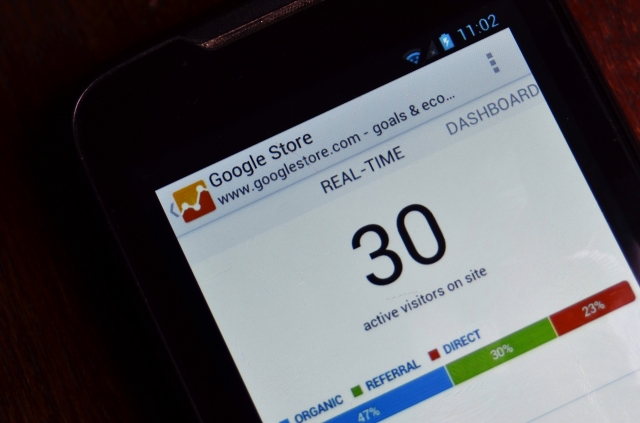Google Analytics is a staple tool for collecting metrics about websites, and the data it collects is useful for a variety of purposes. From SEO to PPC and more, Google Analytics is a treasure trove – and it’s free.

When composing a new market research campaign, you can use some of this valuable, bespoke data and feed it back into a wider project. Here’s how.
Visitor Tracking
The easiest way to kick off a market research campaign with Google Analytics is to look at where your visitors are coming from. If they’re coming from search, you can easily monitor what keywords they’re using.
That will inform you about the kinds of things your visitors are looking for when they find you.
But there’s more. By looking more closely, you can figure out whether the people finding your site are ‘bouncing’ (i.e. leaving without investigating further), or whether they’re inspired to investigate other pages on the site. That can tell you a lot about whether your site is serving your market, and whether your visitors are comfortable with the layout, navigation and clarity of content.
Ecommerce Tracking
Market research is key to making an ecommerce campaign tick, and Google Analytics gives you the power to access highly detailed data about the way visitors interact with your store.
One of the most important things to note is the frequency at which people get part-way through the checkout process and then back out and leave. Understanding why people abandon their carts is the key to refining your checkout procedure to do away with any niggles or troublesome questions.
Email Tracking
Few people know how to use Google Analytics to measure the success (or otherwise) of email marketing campaigns. Yet the data it collects can often tell you far more than a survey.
By hooking Google Analytics tags into your next email newsletter, you can add a snippet of code to every link in your mail-out. Google Analytics will then track the click-throughs for each link, telling you precisely where your readers took action and where they didn’t feel inspired to act. You can convert this information into sales and visits to measure how profitable your email newsletters really are.
Note that some common email marketing providers give you the ability to integrate Analytics easily and track links across your campaigns. One is Mailchimp, but there are plenty of others.
Social Media Research
Getting a good return on investment with social media isn’t always easy, and many companies spread their efforts too thinly over too many networks. By dedicating your time to fewer sites, you’ll earn more money and enjoy a better ROI. But how do you decide which ones to target?
Google Analytics tracks referral data from social networks, and by using custom reports, you can track a lot of detail about where your visitors are coming from and how engaged they really are. Why waste time tweeting when your core audience is on LinkedIn?
Feeding Back
Whatever you choose to measure using Google Analytics, feeding results back into your research is crucial. By customising reports and measuring new combinations, you’ll quickly understand more about your visitors and you’ll be in a better position to cater precisely for them.
Featured images:
- Photo credit: My Blog Guest community
Sam Wright is a journalist working with Brand Republic.

